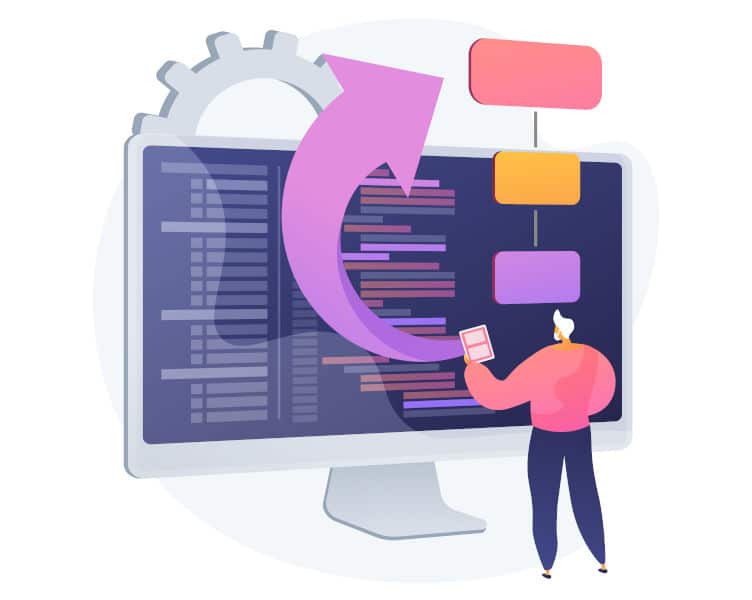Writing content for social networks, preparing emails, generating code, .... tools based on artificial intelligence are gradually becoming personal assistants. They are helping professionals and private individuals alike to save time on everyday tasks. Provided, of course, that you know how to use them. That's where prompt frameworks come in.
The Prompt Framework, a structured framework for the use of AI
A corollary of prompt engineering, the prompt framework provides a structured framework for influencing the responses generated by language models. It’s not just a question of knowing how to formulate queries precisely, but rather of guiding the behaviour of generative AI tools. This methodical approach makes it possible to obtain coherent, specific responses that are adapted to a variety of tasks.
At a time when artificial intelligence is advancing by leaps and bounds, mastering this rapid framework is more than essential. And yes, companies of all sizes and in all sectors are using or will use intelligent language models. It may be to understand user behaviour, to answer customer questions, to create engaging and persuasive content, to improve the customer experience, and so on. Whatever the objective, the effective use of AI can become a real competitive advantage.

3 examples of Prompt Framework
To help you make better use of ChatGPT or any other artificial intelligence tool, here are 3 examples of prompt frameworks.
Characteristics Advantages Benefits (FAB)
The FAB framework prompt is particularly useful for presenting the unique advantages of an offer. The aim is to highlight its characteristics, clearly expressing the concrete benefits for the customer.
The prompt framework is structured as follows: “Product/service X offers [feature 1], [feature 2] and [feature 3]. This enables users to [benefit 1], [benefit 2] and [benefit 3].”
Based on this information, the artificial intelligence tool is able to write a sales page, a product sheet, content for social networks, and so on.
Problem-Act-Resolve (PAS)
Companies can also use the PAS prompt framework to promote their offers. But here, the message starts with the target (and not the solution). Specifically, the idea is to address the target’s pain points and present the offer as THE solution to remedy them.
With this approach, it’s even easier to sell because the company becomes the saviour: the one who solves the problem. And because it raises a pain point, it arouses more emotion in the prospects concerned.

Here’s a concrete example of a prompt framework:
“Many people are faced with [describe the problem]. This can be frustrating because [explain the pain points]. Fortunately, there is a solution: [product/service X]. Thanks to [explain the features that solve the problem], users can [explain how it solves the problem] and overcome [pain points].”
Attention-Interest-Desire-Action (AIDA)
The AIDA framework consists of 4 steps:
- Grabbing the audience’s attention: using a powerful hook (such as images or a captivating slogan).
- Keeping them interested: once you’ve captured their attention, you need to keep them interested by providing interesting information. This means going into a little more detail about the offer and presenting the benefits.
- Intensify their desire: the idea is to make them want to buy, in particular through case studies or customer testimonials.
- Encourage them to take action: with calls to action to subscribe to a newsletter, sign up for a webinar, buy a particular product, fill in a form, etc.
Go further in mastering prompt frameworks
The examples of framework prompts given above are very general and are intended to apply to every company. But to maximise the results of automation and AI technologies, it is vital to personalise your prompts. To do this, you need a precise understanding of how machine learning and AI models work. That’s precisely what DataScientest is all about. Thanks to our comprehensive training courses, you’ll be able to handle any language model with ease. Come and join us!











